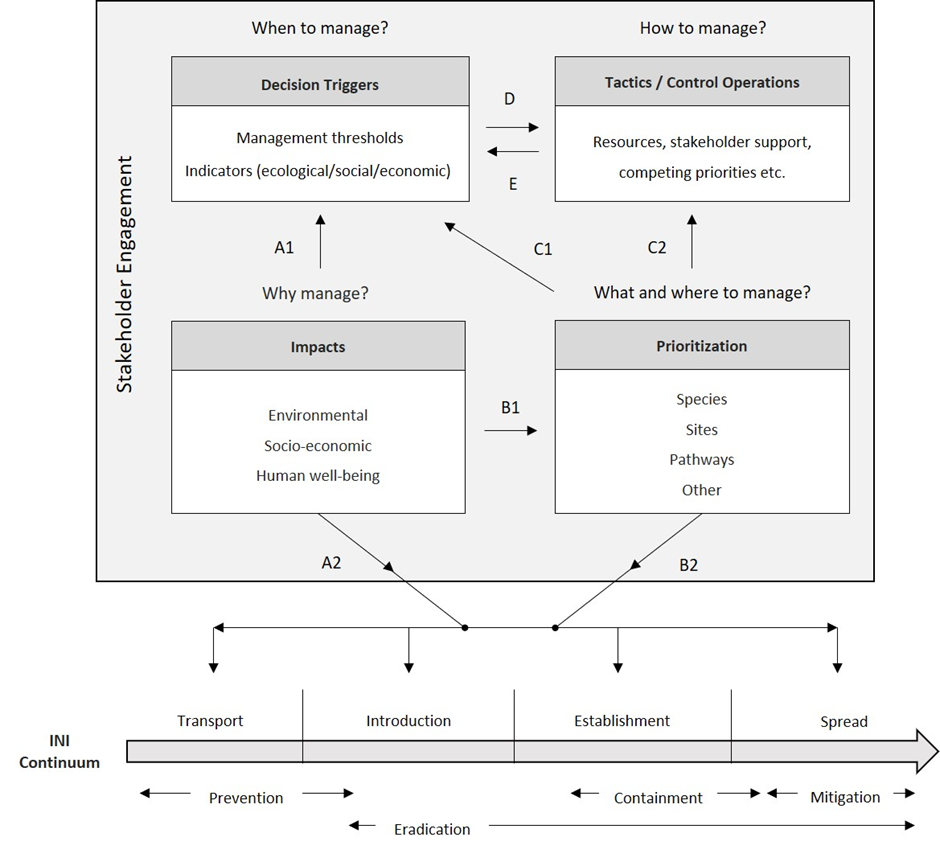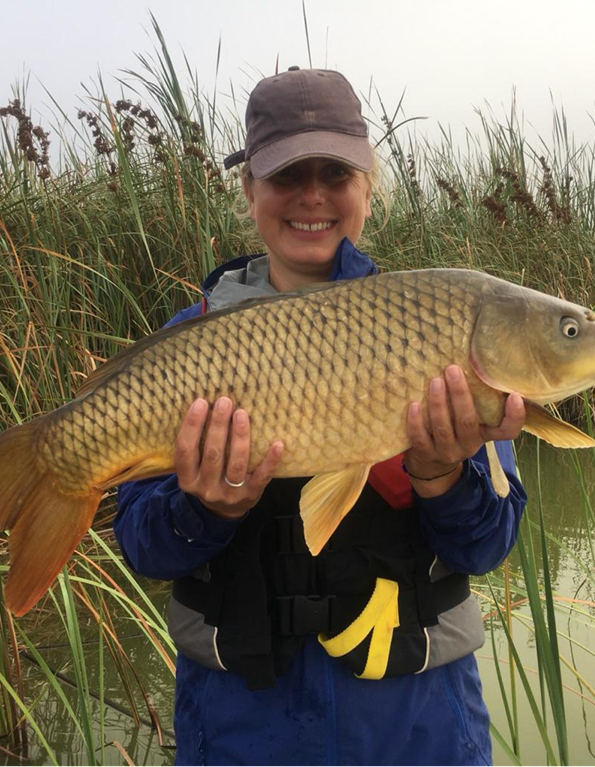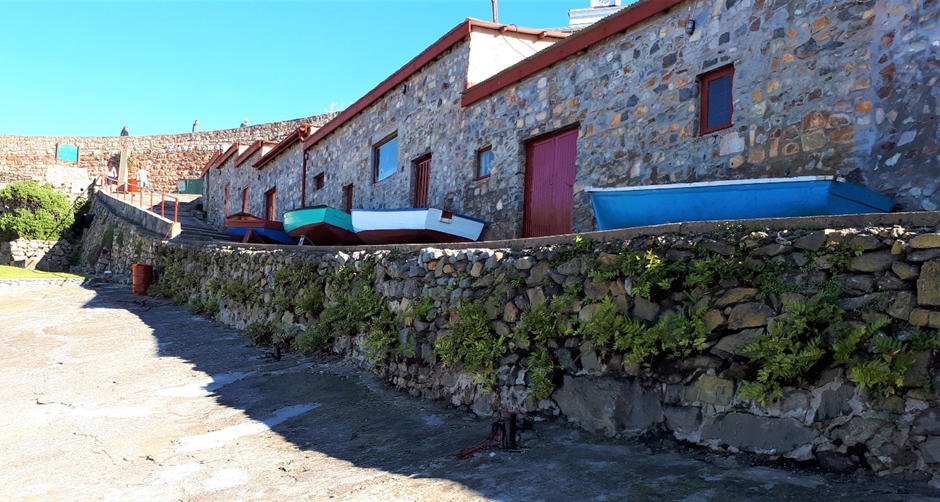Impacts of invasive alien species in South Africa reviewed
A review of the peer-reviewed literature was undertaken at the Centre for Invasion Biology (C·I·B) to determine the level of understanding of the impacts of invasions of all taxonomic groups in all natural and semi-natural ecosystems in South Africa.





